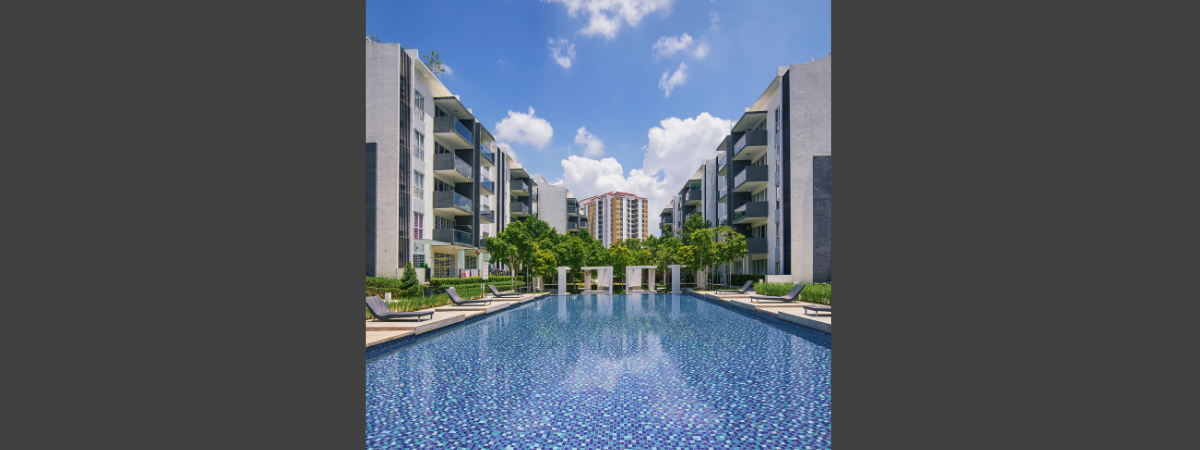The quest for wellness and quality of life is becoming increasingly pivotal to housing decisions, leading to an interesting development in the real estate sector: the growing demand for SPAs within apartment buildings or residential areas.
Wellness, fitness and SPA areas within common areas for the benefit of residents are now popular amenities, especially among Millennials and Generation Z.
In this context, it is crucial to examine the benefits that condominium SPAs offer residents and to understand the market trends that are shaping this phenomenon.
Today, wellness is a true philosophy of life and, not surprisingly, for some years now (and even more so since COVID), social and economic indicators and industry research have highlighted the need for people to devote at least one hour a week to themselves in order to defeat stress and live more peacefully.
As a result, in addition to the steady growth of SPAs in hotels, resorts and holiday destinations, there has been a gradual increase in residential SPAs.
What trends is the residential SPA responding to?
Let’s explore the main trends in residential construction that focus on wellness as a key element of a home.
Integration of wellness into residential structures: developers, architects and designers are integrating these services directly into residential structures to attract health and wellness conscious buyers.
Personalising the experience: offering personalised services to meet the individual needs of residents, from personalised fitness to bespoke wellness treatments.
Technology and innovation: adopting innovative technologies to enhance the user experience, such as digital access, automation of services and integration of smart devices for health and fitness monitoring.
Sustainability: There is a growing focus on environmental sustainability, including the use of eco-friendly materials, efficient energy management systems and the integration of waste reduction practices.
Social and community experiences: Condominium spas are no longer just places for individual relaxation but are becoming places for socialising and creating community among residents through events, classes and shared activities.
Long-term investment: Buyers see them as a long-term investment in their own health and wellbeing, as well as adding value to the property in terms of return and market appeal.
Residential SPA and target groups
The generations most involved in house hunting are the Millennials and Generation Z. Born and raised in the age of technology and digital, these young people are often very environmentally and ecologically aware. Their great ally is the internet, from which they also draw inspiration for their thinking and search for their ‘nest’.
What do these customers ask for?
They want modern, eco-friendly, smart, efficient environments in the city (i.e. close to necessary services such as schools etc.). Choices that reflect a practical approach to everyday life and remote working.
The most popular services are shared spaces and common areas: caretaker/reception (also for mail and courier pick-up), gym and SPA, play area/party area (especially for families with children).
How to design an effective and profitable residential SPA
Creating a Wellness & SPA space in a private home, and even more so in a communal residential area, is not just a question of space and cost. The ability to propose beautiful and functional solutions that meet the objectives set comes into play.
It is important to address the challenges related to the design, management and sustainability of these facilities. The adoption of sustainable practices and attention to safety and maintenance are key to ensuring the long-term success of condominium SPAs.
The design phase is very important and there are essential requirements that must be met (especially when we are talking about services in common areas, with consequent responsibilities on the part of builders, administrators, tenants of the building and maintenance personnel). For this reason, it is very important to entrust the design task to those who are able to maximise the potential of a Wellness & SPA area, skillfully combining technology, design, work management, practicality and comfort.
Today’s demands include comfort and connection to the outdoors, without sacrificing technology, comfort and functionality. Another essential element is water in all its forms. Residential SPAs may include swimming pools, but more often they include whirlpool baths in their many evolutions.
There are various types of saunas, baths, or showers in multiple sensory versions, including frigidariums, Kneipp paths, and other areas dedicated to mindfulness activities such as yoga, biohacking, cryo, not to mention various forms of muscle-relaxing activities. In the latter case, it is necessary to manage lighting and acoustics appropriately to make the environments truly conducive to serenity.
Ultimately, condominium spas not only add value to residential properties, but are also a tangible sign of the importance people attach to their well-being and quality of life. Looking ahead, the demand for condominium SPAs is expected to continue to grow, pushing the property industry to innovate and adapt to meet the ever-changing needs of city dwellers.

